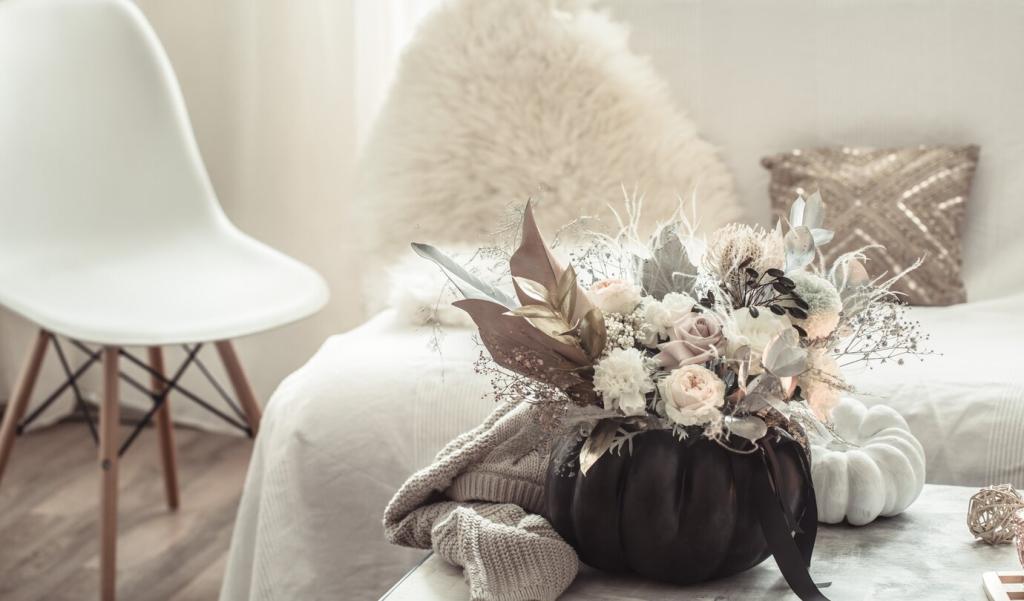
Bringing Tranquility Indoors: Mindfulness and Interior Design
Discover how mindful interior design creates a sanctuary of peace within your home. This page explores the principles of mindfulness applied to living spaces, showing how intentional choices in color, materials, layout, and decor can nurture calmness and well-being. By aligning design with purposeful attention, you can transform ordinary rooms into havens of tranquility, supporting relaxation, focus, and rejuvenation in everyday life.
The Essence of Mindfulness in Interior Spaces
Creating Spaces That Support Awareness
Every element within a room impacts how we feel and act within it. Mindful interiors are arranged to minimize clutter and distractions, allowing the mind to settle. Materials, textures, and layouts are chosen to support gentle awareness and relaxation, making it easier to stay present. Thoughtful spatial organization ensures that each area serves a purpose, gently guiding attention without overwhelming the senses. This harmony between environment and experience elevates everyday living from routine to nurturing ritual.
Atmosphere and Emotional Well-Being
The ambiance of a room powerfully affects our emotional state. Soft lighting, quiet sounds, and comfortable furnishings can profoundly enhance our mood and sense of safety. Mindful design incorporates elements that foster feelings of peace, using soothing colors and organic shapes to encourage emotional balance. The goal is to generate a supportive atmosphere where stress naturally recedes, allowing for both contemplation and joyful living. A well-composed space becomes a gentle backdrop for rest and resurgence.
Personal Intentions Reflected in Design
Mindful design invites us to connect our surroundings with our deepest intentions. By clarifying how we want to feel and function in a space, we make conscious decisions about what to include or exclude. Each design choice—from selecting a favorite chair to curating artwork—becomes an expression of self-care and authenticity. Infusing intention into your environment transforms it into a visual diary of what truly matters, strengthening the link between home, happiness, and inner peace.
The Power of Color, Texture, and Light
Colors carry emotional weight and can sway our mood and mental state. Mindful interiors often favor soft neutrals, gentle earth tones, or serene blues and greens, all of which encourage calmness and clarity. Incorporating color intentionally helps set the emotional tone of each room, supporting relaxation and focus or inspiring gentle energy where needed. The thoughtful use of color not only personalizes your space but also reinforces your commitment to mindful living each time you enter.
Previous
Next
Decluttering as a Mindful Practice
Releasing What No Longer Serves
Mindful decluttering asks us to evaluate our possessions with honesty and kindness, considering the role each item plays in our lives. By letting go of objects that are unnecessary or tied to negative emotions, we free up space—both physically and mentally—for new possibilities. This ongoing process cultivates self-awareness, gratitude, and a sense of freedom, allowing our interiors to become true reflections of who we are and aspire to be.
Organizing with Purpose and Calm
Once clutter is cleared, organization brings structure and serenity. Mindful storage solutions prioritize accessibility and simplicity, reducing visual noise and daily stress. Open shelves, hidden compartments, or minimalist displays all contribute to a sense of order without rigidity. By arranging things with intention, we make daily routines smoother and more enjoyable, reinforcing mindfulness by making it effortless to maintain a tranquil environment.
Honoring Stillness and Space
Empty space is as important as what fills a room. Mindful design respects the value of openness, allowing for easy movement and peaceful pauses. Strategic negative space gives the eyes places to rest, fostering contemplation and a sense of calm. By resisting the urge to fill every corner, we honor stillness—recognizing that tranquility often emerges from what we mindfully refrain from including, just as much as from what we choose to display.
Join our mailing list
